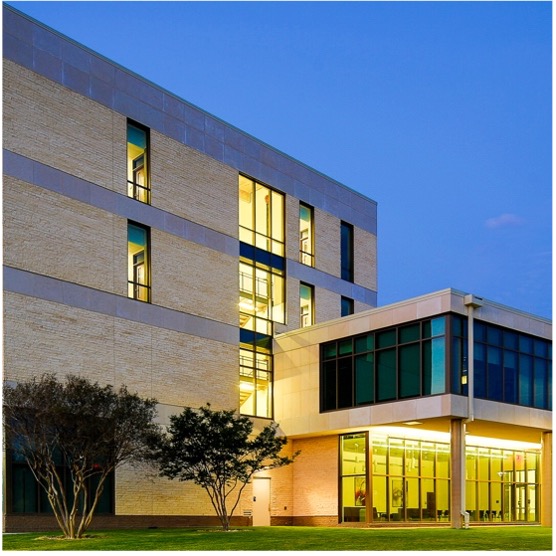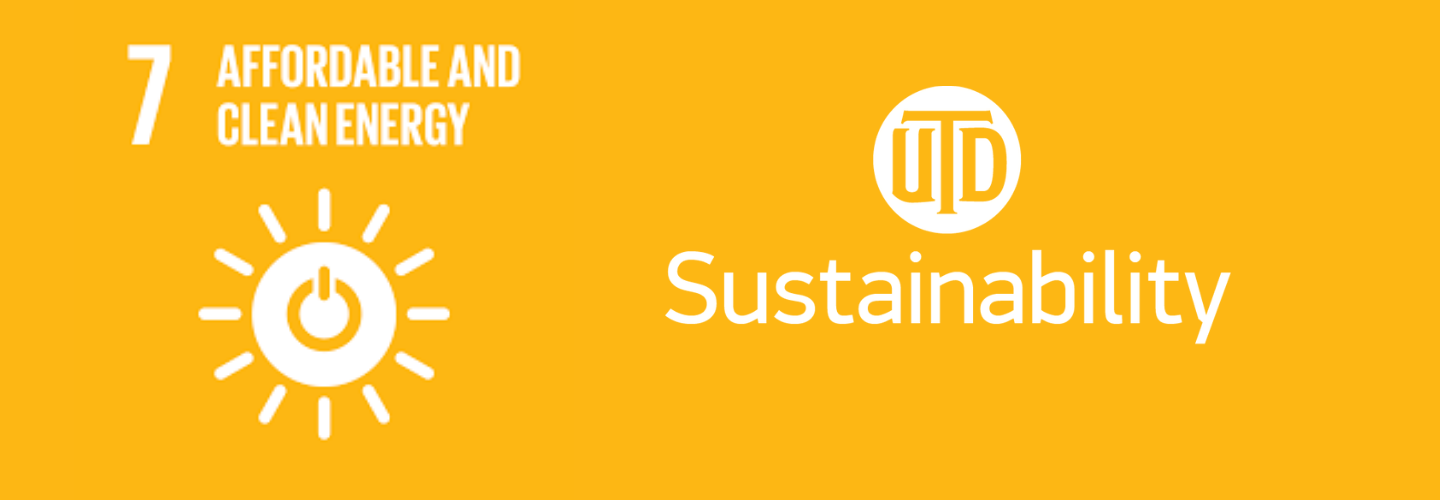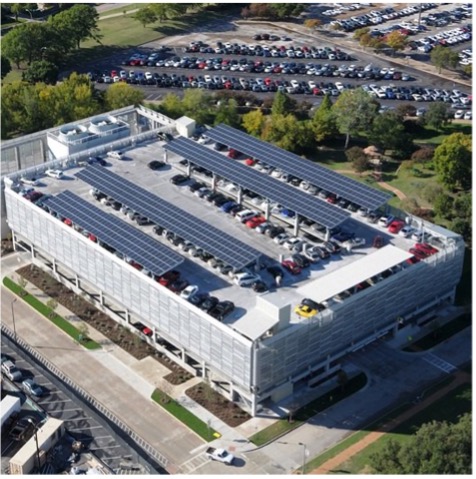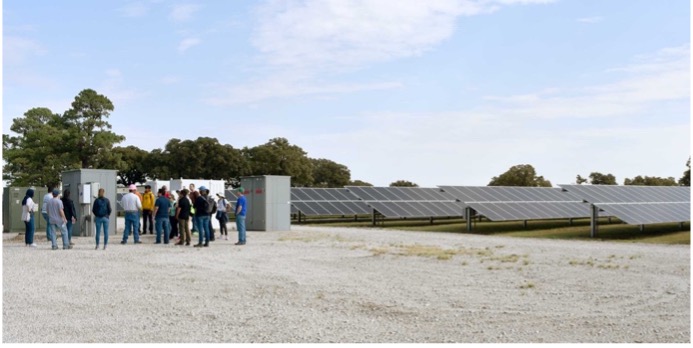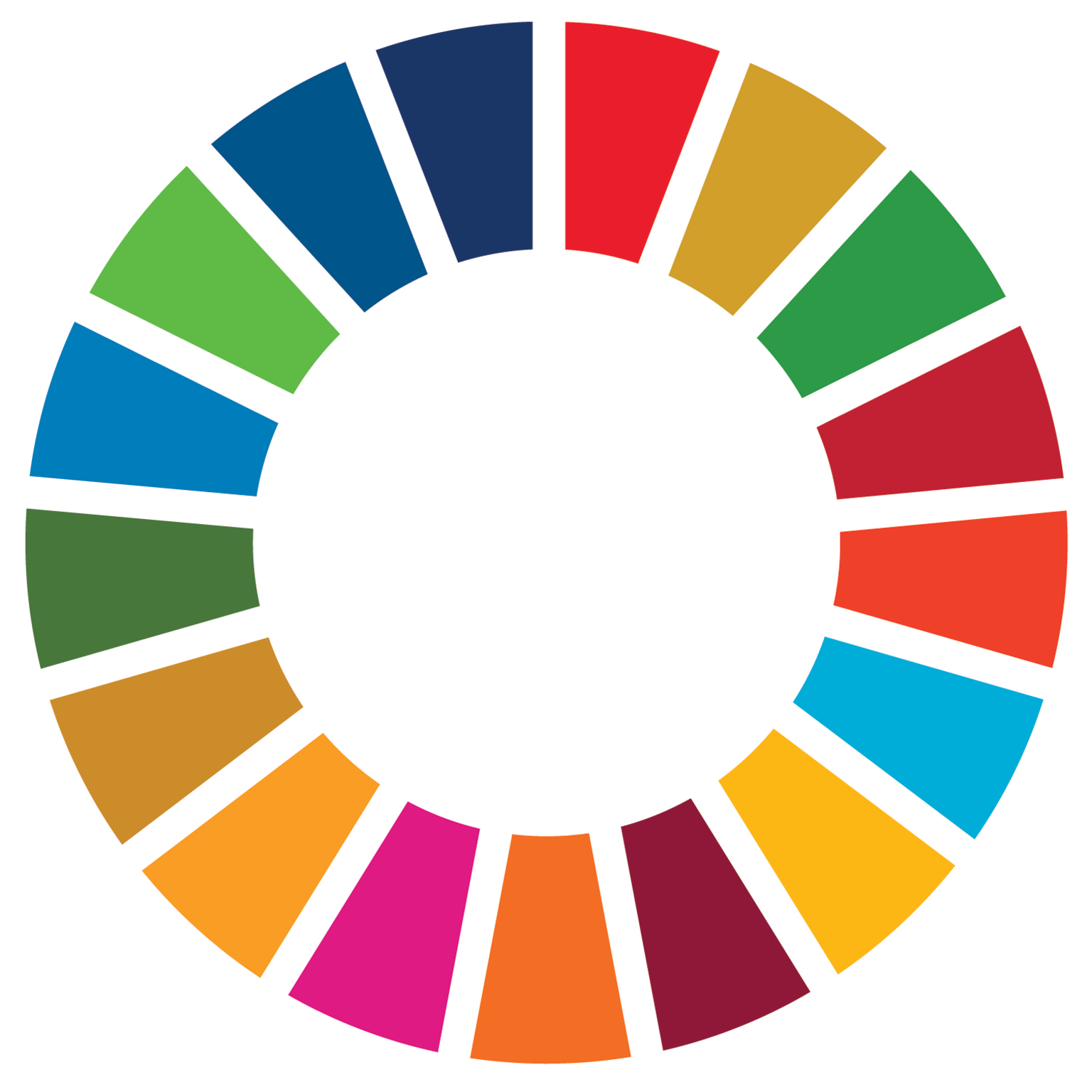Across the world, improvements are being made in the area of affordable and clean
energy. However, 775 million people still lack access to electricity, and
2.4 billion (PDF [Portable Document Format File] ) lack access to clean and safe cooking fuels and technology. Improving
access in these areas, particularly for vulnerable communities in developing countries,
will be key.
The United Nations also recognizes that it is important this energy not only be
affordable and accessible, but also clean and sustainable. Currently, energy remains the
largest contributor to climate change, accounting for about 60% of global greenhouse
gas emissions annually. The impact of the reliance on unsustainable energy can be seen
in the current moment: indoor air pollution from combustible fuels caused an
estimated 4.3 million deaths in 2021. Increasing the share of renewable energy on the
global scale will prevent better health and well-being for all, as well as reduce
greenhouse gas emissions.
Texas is a significant contributor to the United States energy system. According
to the Texas Comptroller, the state accounted for almost 12 percent
of the nation’s total net energy generation in 2021— producing nearly half
of all US oil, a quarter of natural gas, and a quarter of wind-powered electricity
in the nation. Issues with the Texas energy grid made national news in February of 2021
when a disastrous winter storm wreaked havoc on
ERCOT [Electric Reliability Council of Texas]
and the electric grid. In the future, energy will continue to remain a significant
sustainability and accessibility issue. It will be vital for the state of Texas to
continue producing renewable energy and be effectively prepared for possible future
climate disasters.
Building Energy Consumption
SDG 4: Quality Education
SDG 11: Sustainable Cities and Communities
UT Dallas construction standards require
LED [Light Emitting Diode] s
for exterior lighting. Revolving Fund is utilized to fund
LED [Light Emitting Diode]
retrofits throughout campus. In FY 19, over $60,000 has been spent on retrofits.
The construction standards require
LED [Light Emitting Diode] s
for exterior lighting. The Research and Operations Center West and Bioengineering
Science Building are
LED [Light Emitting Diode]
only buildings, and the Sciences Building was designed and built in 2020 to reduce
the energy required for lighting and cooling. Outreach by Student Government’s
Green Initiative and the Office of Sustainability has also been conducted to improve
energy consumption. Green Initiative placed light switch stickers in buildings to
conserve energy. The Office of Sustainability offers Green Office and Green Lab
initiatives to inform staff and faculty on campus how to conserve energy, dispose of
waste, and maintain a sustainable workplace.
Solar Panels
SDG 11: Sustainable Cities and Communities
SDG 12: Responsible Consumption and Production
Solar Panels at various locations provide some renewable energy to power campus.
At Parking Structure 1, four rows of solar panels are designed to produce 227 kW
of energy, enough to supply the energy needs for the entire structure. This makes Parking
Structure 1 a net-zero energy building. At the Engineering and Computer Science North
(ECSN [Engineering and Computer Science North] )
building, solar panels on the roof provide 1.2 kW of energy to be used in the Renewable
Energy and Vehicular Technology lab. Solar panels at the UT Dallas Research and
Operations Center
(ROC [Research and Operations Center] )
provide charging for faculty golf carts, allowing them to drive to the main campus
without emissions. Installed in 2021, these 4-kilowatt panels are connected to batteries
that are capable of storing 15 kilowatts, which provides for nighttime charging. Lastly,
solar thermal panels on the roof of the Student Services Building
(SSB [Student Services Building] )
heat the building’s water, decreasing the amount of electricity needed for the
building’s operations.
Renewable Energy Research
SDG 9: Industry, Innovation and Infrastructure
SDG 13: Climate Action
The University of Texas at Dallas is leading in several areas of renewable
energy research. In 2019, a research team led by Dr. Babak Fahimi developed a generator
prototype that uses liquid metal to convert waste heat into clean electricity.
Fahimi shared that “heat is an abundant renewable energy source. In data centers,
for example, we spend a lot of time getting rid of the heat by using chillers and air
conditioning. Our work focuses on recycling that heat back to electricity.”
In 2020, Dr. Todd Griffith, an Associate Professor of Mechanical Engineering at
UT Dallas, won a $3M grant from the Department of Energy to produce a deep-sea
wind turbine. The goal of the project is to develop technology for cost effective and
reliable energy offshore.
Read more from the Dallas Innovates article.
Through a partnership with the University of Massachusetts Lowell, UT Dallas
also works to foster collaboration in a research center called WindSTAR. When the group
met on campus at UT Dallas in 2018, University and industry researchers were able to share progress
and future research projects.
The Wind Energy Center at UTD
SDG 9: Industry, Innovation, and Infrastructure
SDG 12: Responsible Consumption and Production
The Wind Energy Center, also known as UTD Wind, provides solutions to the
wind power industry and works on novel turbine and system-level designs for land-based
and offshore wind power. The center is composed of faculty members, research and
administrative staff, and graduate and undergraduate students. UTD Wind was founded
in 2020 with headquarters in Richardson, TX, and has earned accolades in research and
design events such as the 2023 U.S. Department of Energy’s Collegiate Wind
Competition and the
WindSTAR [Wind Energy, Science, Technology, and Research]
Meeting the same year.
Energy Management Program
SDG 4: Quality Education
SDG 8: Decent Work and Economic Growth
In our Naveen Jindal School of Management, UT Dallas offers both a MS in
Energy Management and an undergraduate concentration and minor in Energy Management.
In the MS in Energy Management program, coursework is a synergy of core MBA and energy
courses. Instead of focusing on textbooks, much of the curriculum surrounds oil and gas
contracts and energy agreements.
Learn more about the MS in Energy Management.
The Energy Management concentration was developed
to help fill the need for future managers who understand the interdisciplinary nature
of an energy career and are able to identify challenges and opportunities presented by
dynamic market conditions. The course deals with both domestic and international energy
industries. Upon completing the Energy Management concentration, students will be able
to enter management track careers at oil and gas companies, U.S and international energy
government service, energy-focused investment banks, financial institutions, consulting
companies, and major energy consuming firms; participate in policy formation and
evaluation at the federal, state, and local level; and pursue conventional and
renewable project development.
